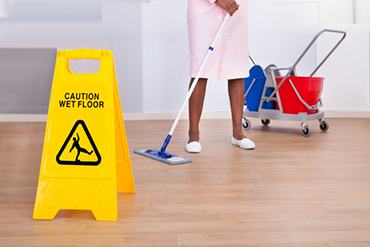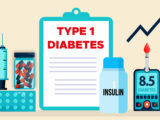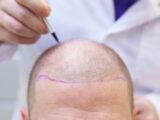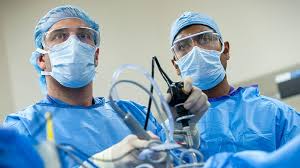
How to reduce the risk of infection related to health care
May 13, 2021 0 By RajeshInfection During the provision of health services is a general event and is known as health-related infection (Hais). Patients tend to contract them through medical devices attached to them, such as catheters, ventilators, or droplets. They also risk getting someone when undergoing surgery or hospitalized for a long time. Hais is one of the most problematic accidents in health care centers, the cause of more than 250 deaths per day throughout the world.
However, almost all infections related to health care can be prevented and managed. There are several precautions that all hospitals need to take and staff. There are many improvements and research to regulate and regulate safety incentives, put it in clinical practice. Let’s look at some proven and valuable progress that will be useful in reducing the risk of infection related to health care:
Clean environment
Net power essence is a fundamental rule to prevent infection in the health care environment. Doctors, nurses, and other hospital staff need to be careful to ensure environmental cleanliness. And the unslected surface is the most significant reason behind the transmission of infection in patients. It is necessary to disinfect the surface that is touched by patients or staff to reduce exposure to infection microorganisms and anti-drug infections.
This study found Hais especially living in an environment such as bed cover surfaces, medical equipment, water systems, and even walls and floors. Therefore, hospital workers must take the necessary steps such as cleaning the floor, replacing the bed cover, and sterilization equipment. All of this will reduce the risk of microbial contamination and reduce the number of infection germs present in health settings. Because Hais is a public health problem, hospital staff need to learn more about this. Many hospital authorities encourage their nurse staff to take a bachelor’s degree or master in public health online to better understand the importance of public health.
Hand hygiene.
Hand hygiene is the most important factor in the overall cleanliness of the health care environment. Not only the most cheap but also the simplest and easiest method. To reduce the spread of hais, microorganisms, and microbial agents, all health workers must prioritize hand washing on time. The World Health Organization (WHO) has defined five critical times if needed for health workers to do complete health cleanliness. Before they cleaned and implemented the antiseptic procedure, two before they touched the patient. And three, after they are around the patient, touching the body’s liquid or patient himself.
Unfortunately, the level in which global health settings follows this hand hygiene procedure is a little or less optimal. It is very important to realize that the right hand washing is one of the main steps you can take in reducing Hais’s risk. The patient has the authority to ask their doctor and nurse if they have washed their hands before checking them. And patients must also clean and clean their hands regularly when they complete their stay at the hospital.
Knowledge of symptoms
After taking the main steps to ensure that your patient and worker do not sign a virus, the next step is to ensure that you are aware of the symptoms of Hais soon. So you can treat them before it’s too late. Knowledge of such subjects is equipped with good clinical practice and academic progress, so many hospitals seek substantial experience. Many medical students take degrees like MPH online to gain knowledge about these complicated problems.
More often than not, these symptoms are seen as skin infections – it causes redness, lumps, and pain. Or you might want to find common symptoms such as fever, coughing, diarrhea, etc. For early diagnosis, your hospital can make a regular screening process for patients. Some reports and health research recommend making supervision and filtering parts of everyday hospital activities. This stops the spread of the virus because then the patient who is colonized is stored in isolation, prevents infection transmission to other patients, visitors, and staff members. Insulation has become an integral practice considering the ongoing Coronavirus pandemic. However, many hospitals still do not apply it because of cost limits and time.
Pre-reception treatments
The hospital uses a screening process seriously as the spread of Covid-19 increases, but it is still not enough. As a hospital management, you must ensure that patients have been under the precautions needed to reduce the risk of deployment. There are several steps that patients need to be done to ensure that they do not contract Hais or become transmission agencies for others. They should not smoke before entering the healing process. This increases the chances of getting chest infections due to clogged airways. And, they must tell their doctors from their current medical conditions even if it is not significant in their perspective. Patients must also try to maintain a healthy weight to maintain their immunity strong. Pre-reception treatments include essential examinations such as heavy, high measurements, sugar levels, and blood pressure. All of these factors contribute significantly to avoid health care-related infections.
Conclusion
To avoid infection related to health care, hospitals apply several policies and focus on faster recovery to remove patients faster. Health care staff must also understand that some people are more susceptible to Hais than others, so they must provide treatment of patients who are right at all times. However, the less risk of Hais deployment in your health settings, the better the patient’s care you provide, which is very important for your clients.










